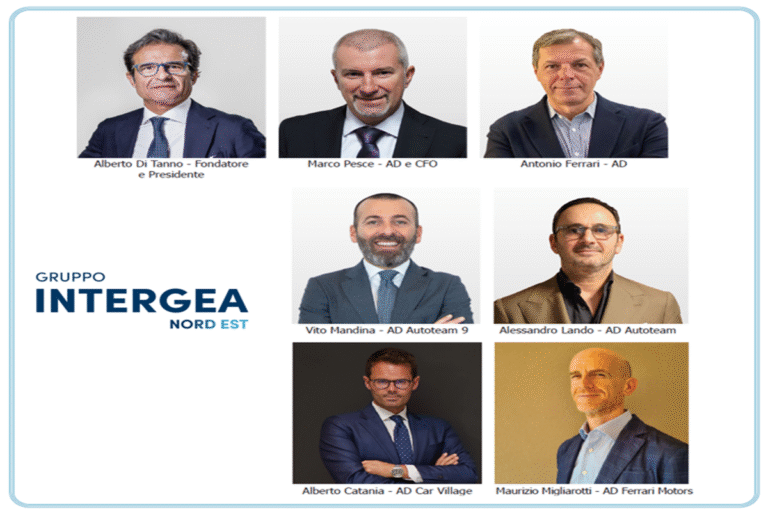Do you know the Web you are using right now to read this article is over a decade old? When the first Web was introduced in 1989, no one knew how big of a deal it was. But, with time, it kept evolving and improving, making it a necessity for most people worldwide.
While almost 5 billion people in the world use the internet today, only a few people and companies have earned a fortune by using it. This is due to the centralized nature of Web1 and Web2.
Web3, however, tries to rectify this issue. It has a user-oriented vision that is believed to revolutionize the internet. Keep reading this article to know everything about the third generation of the World Wide Web, Web3.
Table of Contents
Web3, what is it?
Web3 is the third genesis of the World Wide Web after Web1 and Web2. It is currently in the development stage and is expected to improve authority and utility for its users. While Web3 doesn’t have any standardized definition, it has some core values that distinguish it from its predecessors.
1. Decentralized nature: In Web2, the data found by HTTP is stored in a single server or a few servers owned by corporate entities like Google and Microsoft. But, with Web3, data will be stored in multiple servers in different locations, decentralizing the storage network and giving the users data ownership.
2. Web3 will be permissionless: Anyone can participate in Web3 without the need to gain authorization from the governing body.
3. Web3 will be trustless: The users can interact with each other directly using a trusted third-party app. This will be done with the help of blockchains and decentralized peer-to-peer networks.
How is it different from early websites
When Tim Berners-Lee developed the first World Wide Web, now popularly known as Web1, his vision was to create a protocol that allowed for the free flow of information worldwide. While his vision was successful, Web1 only had static websites owned by companies, and there was no interaction between users. Thus, Web1 only allowed the extraction of information throughout the world.
This changed when Web2 was developed. It was aided by the creation of social media platforms like Facebook. It not only allowed websites to share information but also enabled them to provide the facility of user-to-user interaction and sharing of their data.
While the users started earning for creating content, the control of their information shifted to the service providers. The service providers, who are generally big corporate companies, used the data for their benefit, drastically decreasing the Web’s trustability.
The creators of Web3 understood the shortcomings of the previous two World Wide Webs (WWW) and are working rigorously to resolve them. Web3 wishes to be trustless and decentralized, where the ownership of personal information remains with the users. The main goal of Web3 is to alter the power paradigm by shifting the control from service providers to internet users.
What makes Web3 so important
You must be wondering why we are so excited about Web3. Well, Web3 is the next big thing in the realm of the internet. There are several significant features provided by Web3 which make it very important.
- easy access: Normally, you need to have a separate account in every platform to want access. Without creating an account, you cannot access any information on any platform. Moreover, you also need to trust the platforms to keep your personal information safe. Web3 will solve this issue. You can log into any account with an Ethereum address and ENS profile without risking your data privacy;
- decentralization: Earlier, the big service providers used to have control over the Web’s resources. But with Web3, everything will change. Now, users with access to resources (tokens) can vote on how to use the resources, like shareholders in a company. Thus, the focus shifts from a centralized authority to a decentralized group like the board of members;
- ownership: Another important feature of Web3 is that it hands your digital property back to you. For example, if you buy items in a game. And due to any complication, your game account gets deleted. You will lose all the items you bought. This will not happen in Web3. You can secure your assets by converting them into Non-fungible tokens(NFTs). This allows you to sell or trade them even after the deletion of your account;
- censorship resistance: You must have encountered a “This website is restricted” warning sometime while browsing the internet. This is because service providers have control over your access to the internet. This won’t be the case with Web3. You will have the power to decide which service to use due to the blockchain technology that allows you to easily change platforms;
- native payments system: Lastly, financial transactions in Web2 require the assistance of banks or third-party services. With Web3, you can do financial transactions directly into another person’s browser by using tokens like ETH without the involvement of banks or third-party services.
Web3, how will it manipulate the future
Web1 showed glimpses of the full potential of the WWW. It led to the creation of a static website. Web2 further improved user interaction and internet access. Web3, the next iteration in this list, will unlock the full potential of the World Wide Web.
Web3 will facilitate a more advanced mechanism of user interaction. The idea is to promote direct connection without the need for authorization with the help of artificial intelligence (A.l.) Metaverse will also play a huge role in improving user interaction. In the future, instead of interacting through apps, people can converse with other people’s avatars in the Metaverse. This will add a new dimension to the conception of human connectivity.
However, the main goal is the decentralization of the internet. The peer-to-peer network will ensure that other entities like Google don’t have access to your data. Web3 will also have several other benefits, like faster searching and better data storage. All these measures are expected to transform the World Wide Web as we know it.
Read also: Top 10 crypto influencers to follow that will guide you through the Web3












